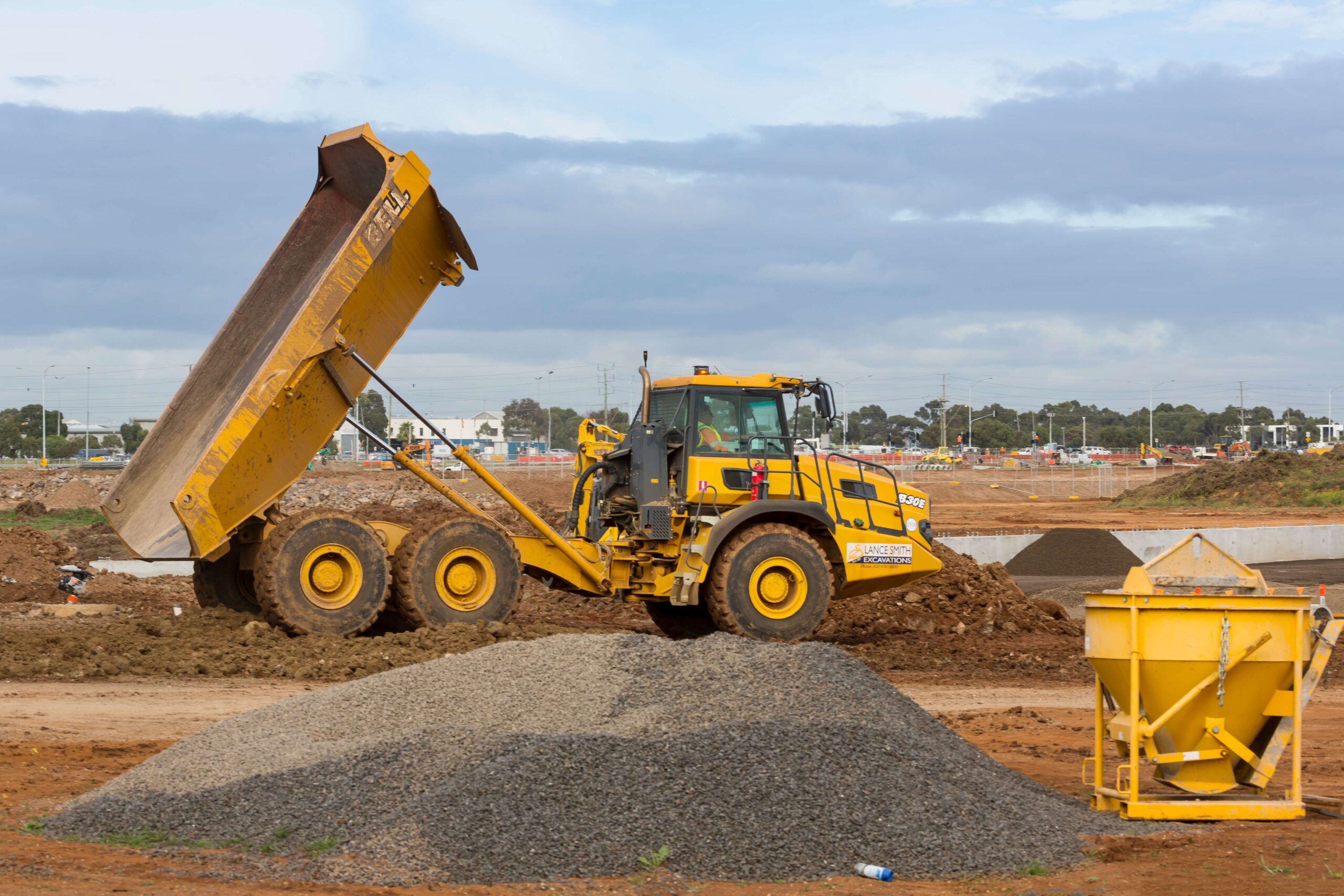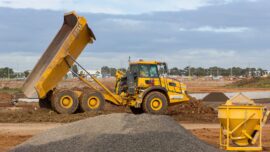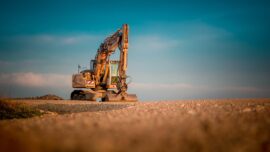

Ensuring Safety and Compliance in Equipment Rental and Buying
About Elsker
Safety and compliance are of paramount importance in the construction industry. Whether renting or buying equipment, construction companies must prioritize safety to protect their workers and maintain legal and regulatory compliance. This blog will explore key considerations and best practices for ensuring safety and compliance when renting or purchasing construction equipment, emphasizing the importance of thorough inspections, proper training, and adherence to regulations.
-
Conduct Thorough Equipment Inspections
Before renting or purchasing construction equipment, it is essential to conduct thorough inspections to ensure its safety and reliability. Inspect all components, including mechanical, electrical, and hydraulic systems, for signs of wear, damage, or malfunction. Check for proper functionality of safety features such as brakes, lights, alarms, and backup cameras. Inspect tires, tracks, and other moving parts for wear and tear. Engage qualified technicians to perform detailed inspections to identify potential safety hazards and address them promptly. Regular inspections help maintain equipment integrity and reduce the risk of accidents due to faulty machinery.
-
Verify Equipment Compliance and Certification
When renting or buying construction equipment, verify that the machinery meets the necessary compliance standards and possesses the required certifications. Ensure that the equipment adheres to safety guidelines set by regulatory bodies such as OSHA (Occupational Safety and Health Administration) or local safety authorities. Check for compliance labels, tags, or certificates indicating that the equipment has undergone proper testing and meets safety standards. Compliance with regulations ensures that the equipment is designed, manufactured, and maintained to operate safely, reducing the risk of accidents and legal liabilities.
-
Prioritize Operator Training and Certification
Proper training is crucial for operators to safely and effectively operate construction equipment. Whether renting or buying equipment, ensure that operators receive comprehensive training on equipment operation, safety procedures, and emergency protocols. Operators should be certified to operate specific types of machinery, demonstrating their proficiency in handling the equipment safely. Training programs should cover equipment-specific features, best practices, and potential hazards. Regular refresher courses and ongoing training are necessary to keep operators up to date with the latest safety protocols and equipment advancements.
-
Establish Clear Safety Guidelines and Procedures
Construction companies should develop and enforce clear safety guidelines and procedures for the operation and maintenance of rented or purchased equipment. These guidelines should cover safety protocols, equipment inspection routines, hazard identification, reporting procedures for malfunctions or damages, and proper use of personal protective equipment (PPE). Ensure that all employees are familiar with these guidelines and understand their responsibilities regarding equipment safety. Regular safety meetings, toolbox talks, and ongoing communication about safety practices are essential to maintain a strong safety culture within the organization.
-
Maintain Equipment Maintenance and Service Records
Keeping comprehensive records of equipment maintenance and service is essential for both rented and purchased equipment. Document all routine maintenance activities, repairs, and inspections performed on the equipment. This documentation helps track the equipment’s history, identifies recurring issues, and ensures that the machinery is well-maintained and in compliance with safety regulations. Proper maintenance and service records also contribute to the resale value of owned equipment and facilitate the assessment of rented equipment upon return.
-
Stay Updated with Regulatory Changes
Construction industry regulations and safety standards evolve over time. Stay updated with any changes or updates in safety regulations that apply to construction equipment. Regularly review OSHA guidelines, local safety codes, and industry standards to ensure compliance. This proactive approach helps construction companies stay ahead of safety requirements, adapt their practices accordingly, and maintain a safe working environment for their employees.
Conclusion
Safety and compliance should be top priorities when renting or purchasing construction equipment. Thorough inspections, verification of compliance and certifications, proper operator training, clear safety guidelines, and maintenance records are all crucial elements to ensure the safety of workers and compliance with regulations. By prioritizing safety and adhering to compliance standards, construction companies can mitigate the risk of accidents, protect their employees, and maintain a positive reputation in the industry. Remember, investing in safety is investing in the success and well-being of both the construction company and its workforce.






0 comments
Write a comment